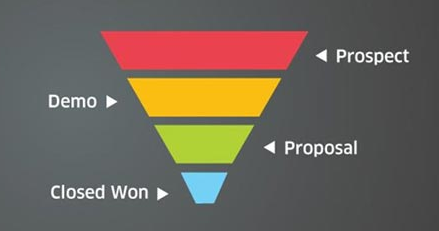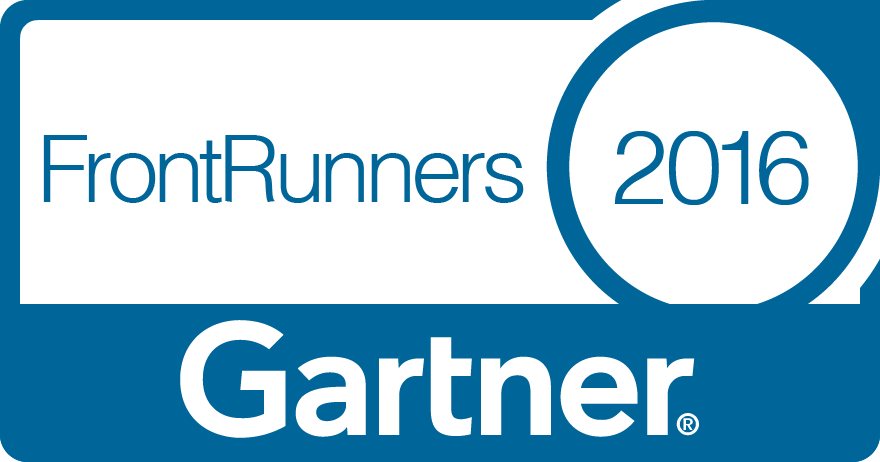Find out what enterprises can do to go beyond sales force automation to create profitable and sustainable relationships.
Since its inception in the late 90’s, the proponents of Customer Relationship Management (CRM), and its community, have been promising a new nirvana of customer centricity. They have been working hard to build software platforms and social technologies to engage them, educate them, analyze their buying behaviors, entice them to purchase and then support them in solving their problems post-sale. But what has CRM really done to make the customer’s experience better than ever, and how has it helped businesses to grow by cultivating customer relationships over time?
Gartner, defines Customer Relationship Management as “the business strategy that optimizes revenue and profitability while promoting customer satisfaction and loyalty. CRM technologies enable strategy, and identify and manage customer relationships, in person or virtually. CRM software provides functionality to companies in four segments: sales, marketing, customer service and digital commerce.”
This definition of CRM clearly does not place the “relationship” at its core. While not inaccurate, it clearly considers the customers as something about which to strategize and optimize for profitability, rather than someone with whom to build a lifetime, personal relationship — arguably the key to long term business success. Tony Kavanagh, CMO of Insightly, explained, “Unfortunately, Gartner’s clinical definition of CRM is the spirit in which most businesses to date have built their customer relationship management systems and processes, using technology as a substitute for the care and attention that every customer expects. Moving forward this will not be good enough.”
Setting up for recurring sales
Sales force automation technology does a great job of converting leads into sales. However. the availability of an ever-increasing number of higher quality alternatives and the ease with which to access them, are placing greater demands on enterprises to cultivate lasting relationships driven by customer needs rather than commissions. The relationship part of CRM needs to address what happens after the money has been collected as much as before.
To address this gap, CRM data needs to facilitate project delivery and improved customization. Project delivery involves tracking the customer engagement with products services after the fact. In an enterprise sales context, this means looking at the timeline, customer satisfaction, trouble tickets in a way that is fed back into the sales cycle. This requires more than just a technology integration, but with empowering sales staff with the processes and mindset to follow up after a commission check has been cut.
When future industrialist Henry Kaiser first came to Washington state in 1906, he offered to be a salesperson for one of the area’s hardware stores. He was initially turned down when the manager said they had enough salespeople. Kaiser countered with an offer to focus on outside sales. He spent his days on construction sites and got to know the needs of the areas contractors, rather than selling products. Mostly he just helped short staff project managers find plumbers, electricians, and carpenters they needed to finish buildings. In short order, he was outselling the rest of the sales people combined as these happy contractors ordered the parts needed for these jobs from him.
Bringing customer insight across channels
It can be challenging creating this level of engagement across multiple touchpoints in a customer relationship. The goal is to make every customer feel like they are the only one, whether there are tens or tens of thousands of them. But customer interactions tend to be orchestrated across multiple channels such as sales calls, support requests, and project collaboration via web, email, chat, text. Customers can get easily frustrated if they feel like they starting from scratch.
Leading enterprises are starting to pursue a new style of engagement called moment marketing that engage customers across channels in a consistent and highly customized manner. The idea came from the mass consumer marketing space, but the concepts apply to enterprise engagements as well. The basic principle is to move from a predefined user journey or sales process to a style of engagement that matches a customer’s needs.
Forrester analyst Joe Stanhope explained, “It starts by bringing these channels and data together where you can mine it with a single customer profile. You start to understand more about your customers. You understand how they have interacted and where they have interacted to personalize engagements and create more relevance for your customers across these channels.”
Every relationship is unique
Quick sales are great for the bottom line in the short run, but are easy targets for upstart competitors. Longer lasting relationships require developing a far deeper appreciation of customers as individuals that goes beyond the traditional views of firmographics, demographics and purchase history.
This could include understanding:
- the complex organization hierarchies in which they work every day;
- the business partnership they have built;
- their professional affiliations and associations;
- personal preferences;
- opinions; and
- other signals expressed on public forums and social media.
Kavanagh said “All these insights, together, help businesses paint a clearer picture of who their customers truly are, allowing them to tailor how they more effectively communicate with their customers over their lifetime, ultimately forging stronger relationships.”
This requires bringing in a more complete view of a contact’s communications history, key relationships, events and tasks, social profiles, sales opportunities and project involvement. Enterprises can leverage this data to employ unique relationship graph engines and complex algorithms to automatically capture the links between contacts, organizations and the business relationships they share and use these insights to build detailed and multifaceted social profiles of their customers. In the long run this kind of approach not only build lasting business, it also strengthens the bonds of professional engagement and nurtures customers for life.

George Lawton is a journalist based near San Francisco, Calif. Over the last 15 years he has written over 2,000 stories for publications about computers, communications, knowledge management, business, health and other areas.

















